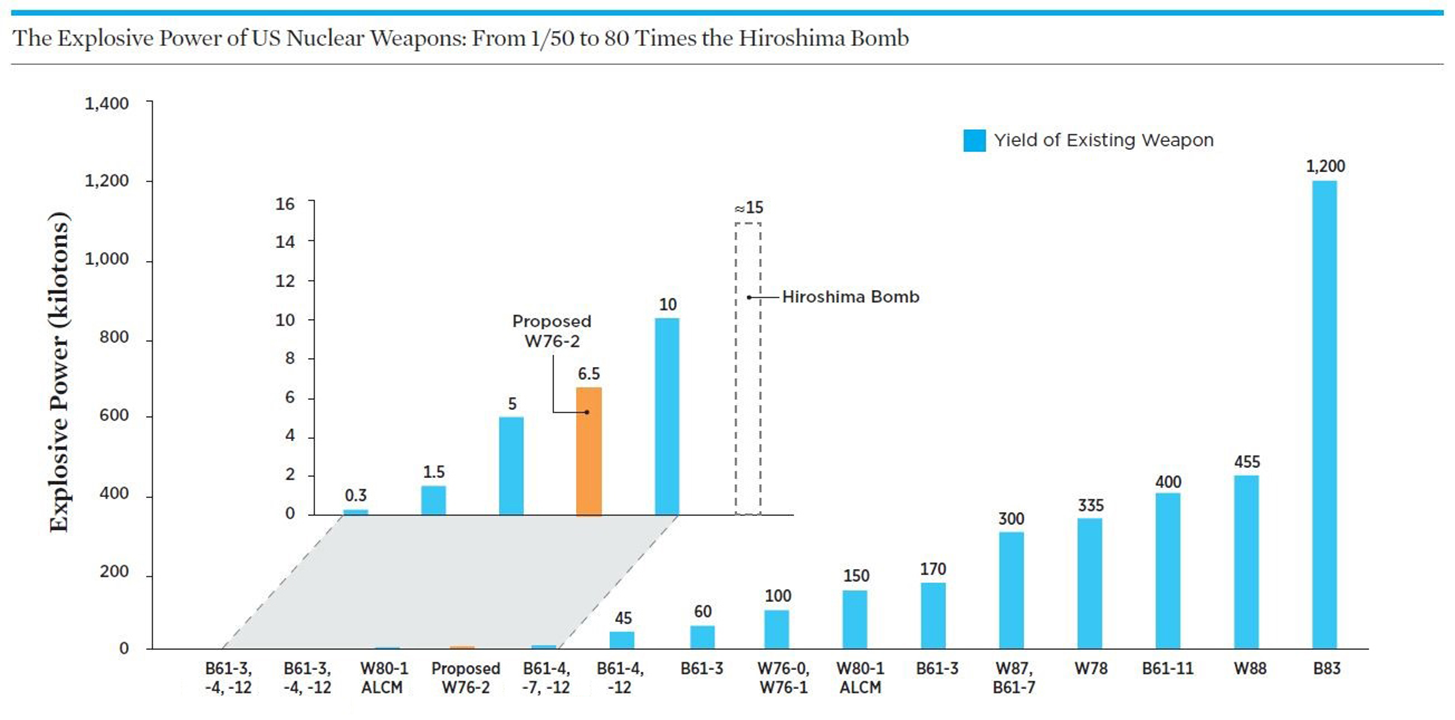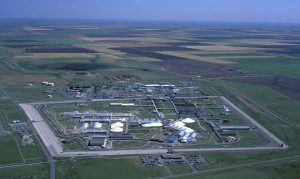
Production of new nuclear weapon taking place in Texas Panhandle
The Pantex Plant, located northeast of Amarillo, Texas, has been handling nuclear weapons for over 40 years. For most of that time, the plant has been used for maintaining the stockpile and dismantling of nuclear weapons retired by the military. However, this January it was revealed that production of a W76-2 thermonuclear warhead had begun in the Texas Panhandle. This would be the first nuclear weapon assembled at Pantex, or in the entire United States, since 1991.
The new nuclear weapon, the W76-2, is a low-yield variation of the W76-1 and is intended to launch on the same Trident missile as its predecessor.

NPR reported that the National Nuclear Security Administration confirmed the W76-2 is being produced and is designed to ward off and discourage Russian nuclear arms, but there are some in the scientific community who worry about the potential consequences of producing more nukes. The Federation of American Scientists, founded by Manhattan Project scientists, advocates for arms control, and scientists from their nuclear information project are concerned that producing new weapons could make nuclear war more likely. They believe the fact that the W76-2 is smaller would be irrelevant, and Russia would respond without hesitation.
One thing that draws concern from those who remember the tensions of the Cold War is the likelihood of our nuclear weapons actually being used.
“The only legitimate use of thermonuclear weapons is to prevent their use,” said Keith Parsons, professor of philosophy and author of “Bombing the Marshall Islands: a Cold War Tragedy.” “Oddly, [it] took MAD [mutual assured destruction] to introduce sanity into the arms race. Any use of tactical weapons would risk escalation to a total nuclear exchange.”

In the Department of Defense’s Nuclear Posture Review executive summary, written in February 2018 by former Defense Secretary Jim Mattis, it is emphasized that the United States faces increased threats and aggression from “potential adversaries,” specifically China, Russia, North Korea and Iran, and these new threats justify “[recapitalizing] our Cold War legacy nuclear forces.”
Although the Nuclear Posture Review states, “The United States does not wish to regard either Russia or China as an adversary and seeks stable relations with both,” it also expresses that the U.S. wants to be equipped to respond in kind to any attack from those specific nations. The U.S. stockpile does not contain the kind of low-yield weapons that can be launched from a submarine, such as the W76-2, that Russia is believed to have the capability to use.
The Nuclear Posture Review claims that Russia believes having smaller nuclear weapons could give them the upper hand in the arms race; that by using smaller sized, tactical nukes, Russia could scare NATO enough it would prevent military interference.
“[Moscow] mistakenly assesses that the threat of nuclear escalation or actual first use of nuclear weapons would serve to ‘de-escalate’ a conflict on terms favorable to Russia,” the document says. Therefore, in order to match Russian arms, the U.S. would have to create the same thing.
Last year when President Trump pulled the United States out of the Intermediate-Range Nuclear Forces (INF) Treaty, and Russia soon followed suit, it caused concern that the U.S. and Russia may be returning to Cold War-era tensions. The Treaty helped to keep the peace between the two nations and retain stability in Europe for 31 years. The president exited the Treaty claiming Russia had already violated it by testing a missile.
“We’re not going to let them violate a nuclear agreement and go out and do weapons, and we’re not allowed to,” said President Trump after a rally in Nevada.
